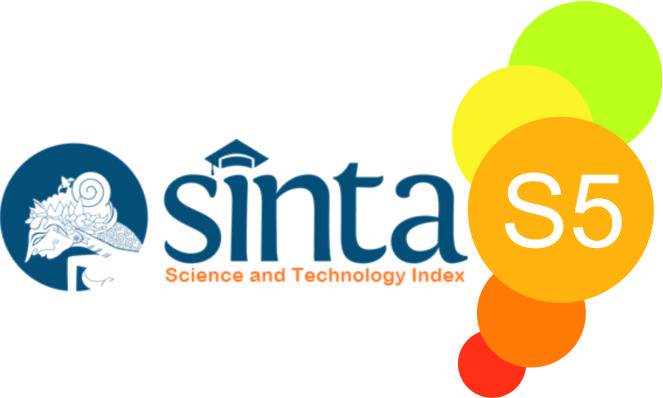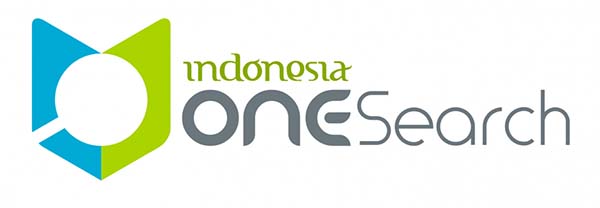Strategi Pemulihan Pariwisata Kota Seribu Klenteng, Kota Singkawang di Masa Pandemi COVID-19
Strategi Pemulihan Pariwisata Kota Seribu Klenteng, Kota Singkawang di Masa Pandemi COVID-19
DOI:
https://doi.org/10.23887/jmpp.v5i3.51400Keywords:
Tourist Attraction, Tourism Recovery, SingkawangAbstract
Various tourist attractions in Indonesia were closed due to the impact of the COVID-19 pandemic and caused a drastic reduction in tourists visiting Indonesia. Tourism supporting sectors. Singkawang City is one of 14 regencies or cities in West Kalimantan Province which is 145 km north of Pontianak City. Judging from the type of data, this study uses a mixed-method approach, namely research that combines two approaches, namely quantitative and qualitative. The strategy carried out by the mayor of Singkawang in the development of regional tourism, which includes the provision of tourism facilities and infrastructure, regional tourist attractions, increasing community participation and increasing the participation of the private sector. Local governments must make various efforts in the development of facilities and infrastructure. The focus on developing tourist attractions in Singkawang is done by developing tourist objects in the area, natural tourism in the Singkawang area. gold then now this lake is improving by increasing the accessibility provided by the government making this lake attractive. The participation of the private sector in the Singkawang city area is very good where this year the government, namely the mayor of Singkawang, has received assistance for the development of the area around the Serantangan lake by investors. Community Participation In developing regional tourism objects in Nganjuk Regency, it is very important that the active role of the surrounding community is needed.
References
Anggarini, D. T. (2021). Upaya pemulihan industri pariwisata dalam situasi pandemi covid -19. Jurnal Pariwisata, 8(1), 22–31. https://doi.org/10.31294/par.v8i1.9809
Astuti, R. (2021). Kota singkawang, mutiara terpendam di kalimantan barat. Direktorat Jenderal Kekayaan Negara. https://www.djkn.kemenkeu.go.id/kpknl-singkawang/baca-artikel/14166/Kota-Singkawang-Mutiara-Terpendam-di-Kalimantan-Barat.html
Badan Pusat Statistik. (2022). Statistik kunjungan wisatawan mancanegara 2021. Badan Pusat Statistik.
Cooper, C., Fletcher, J., Fyall, A., Gilbert, D., & Wanhill, S. (2006). Tourism: Principles & practice (Ed. 3). Financial Times Management.
Direktorat Jenderal Bimbingan Masyarakat Buddha. (2021). Data rumah ibadah umat buddha. Direktorat Jenderal Bimbingan Masyarakat Buddha.
Juniardi, K, & Marjito, E. R. (2018). Urgensi pendidikan multikultural dalam masyarakat plural: Studi kasus di kota singkawang. Handep: Jurnal Sejarah dan Budaya, 1(2), 17-34. https://doi.org/10.33652/handep.v1i2.11
Kusuma, W, & Dwitagama, D. (2011). Mengenal penelitian tindakan kelas (Ed. 2). PT Indeks.
Morrison, A. M. (2018). Marketing and managing tourism destinations (Ed. 2). Routledge.
Rustanto, B. (2016). Menangani kemiskinan. Remaja Rosdakarya.
Setara Institute. (2018). Indeks kota toleran tahun 2018. Pustaka Masyarakat Setara.
Setara Institute. (2020). Indeks kota toleran tahun 2020. Pustaka Masyarakat Setara.
Sugiyono. (2010). Metode penelitian pendidikan (Pendekatan kuantitatif, kualitatif, dan r&d). Alfabeta.
Sugiyono. (2014). Metode penelitian kuantitatif kualitatif dan r&d. Alfabeta.
Yoeti, O. A. (1996). Anatomi pariwisata. Angkasa.
Yoeti, O. A. (2008). Perencanaan dan pengembangan pariwisata. Pradnya Paramita.
Zaenuri, M. (2012). Perencanaan strategis kepariwisataan daerah konsep dan aplikasi. e-Gov Publishing.










